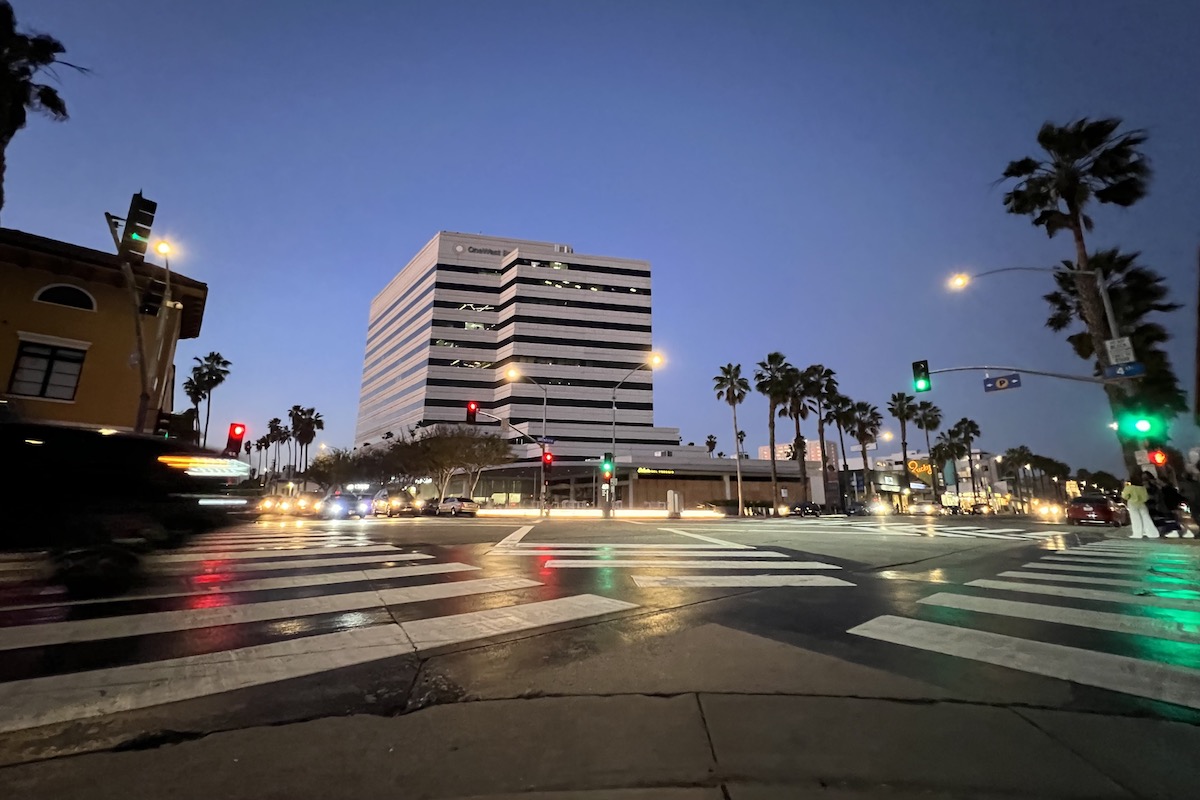
Zoning has been an accelerating controversial issue, especially when weighing the acceptable levels of local municipal control versus State control. First and foremost, our city has a legitimate interest in ensuring that all commercial and residential development evolves in a logical, orderly, and planned manner. The actual burdens on municipal services and infrastructure should not increase faster than for what development is planned. As a responsible community and municipality, we must also respectfully preserve our exceptional environmental and historical features. Simply put, there needs to be an equitable balance between growth and impact. At times this concept is interpreted as “exclusionary.” Planning and zoning techniques are now under direct attack as inequitable and preventing the creation of economically, racially, and socially diverse communities. In Santa Monica, this is not the case with what is happening, especially in our Downtown, Promenade, Major commercial boulevards, and the future of our public open spaces.
Unfortunately, for the past approximately 40 years, for numerous reasons, local cities and counties rely heavily on state monies for a variety of programs that would otherwise go unfunded. The price is also to accept policy ultimatums that come with the threat of no funding. The result has been the continuing selling out for political and particular interest group reasons and erosion of local control over land-use decisions.
Bringing that to what is happening currently, the one-size-fits-all State proclamations coming out of Sacramento are in direct opposition to one another in many cases. One example of this is the recent allocations for the Regional Housing Needs Assessments. At the same time, the 6th Cycle allocations directed the majority of the housing units be built in coastal communities or lose local control of land use decisions – the State has enacted the California Sea Level Mitigation and Adaptation Act of 2020. That Act recognizes the impending impact on California’s coastal zone of sea rise and offers $100,000,000 annually for cities and other entities to plan for it. How does Santa Monica prepare for its inevitable “managed retreat” from sea rise when forced to allow for the construction of thousands of units near the coast? Again, a measure of logic, balance, and common sense need restoration immediately.
Let us remember the intent of Zoning laws: They are supposed to promote the health, safety, welfare, convenience, and prosperity of the community at large. There are many communities and small cities like Santa Monica, all with varying physical and demographic characteristics. These local laws and zoning restrictions are meant to enhance GENERAL WELFARE rather than to improve the economic interests of any particular property owner or business interest. They are designed to strengthen and stabilize neighborhoods by preserving the community’s character and guiding its future growth.
That said, the State does have a legitimate way to override specific local controls; for example, the “doctrine of governmental immunity” limits local control over land use regulation by exempting property owned or leased by other governmental entities. State government should conservatively apply this to promote logical planning, growth and maximize the ability of a local government to continue to be able to control the character and “Master Plan” of its community. Specific “land-use projects” of governmental entities generally are exempt from the local government building and zoning laws, but that is not always the case. Government Code Section 53091 establishes the intent to vest in cities and counties control over zoning and building restrictions, thereby strengthening while not diminishing local planning authority.
Another powerful and sometimes misused example of State and Government control over the county and local municipalities is the right of eminent domain, which involves purchasing private land for another use of “greater benefit to the community.” An excellent example for the right reasons is when the State might purchase some or all the private parcels to build a college where it is most needed. Ideally, this is an equitable transaction where owners are compensated with fair market value for giving up their properties for the public benefit of a new college. At the same time, the State pays for the land, design, permitting, and construction of that college. Notice that the property owners can only be forced to sell if they are fairly compensated when there is a just and urgent public need. In other words, the State cannot just take private land without a pressing public benefit justification.
Government control goes wrong when the State mandates the permitting and eventual construction of these “vitally needed affordable units” by coercive up-zoning but does not provide a viable plan or money for local control, infrastructure, and environmental impact. This is a corrupted version of eminent domain in reverse. It is essentially using the power of the State to take local control away from the planning codes of cities, counties, and the local population allegedly for public benefit. These are attempts to circumvent and supersede local zoning codes, which often have been formulated for years by the hard work and planning of local government and its residents.
A municipality has a legitimate interest in ensuring that residential and commercial development proceeds in an orderly and planned manner. The burdens on municipal services do not increase faster than the ability of services to expand. It must also preserve exceptional environmental and historical features.
Increasingly, some municipalities are being accused of using exclusionary zoning techniques as unfair ways of preventing the creation of economically, racially, and socially diverse communities. To be direct and clear, we recognize that there needs to be a fair and equitable balance and solution here, and this accusation does not apply to Santa Monica. Exclusionary zoning involves taking advantage of regional development benefits without being forced to bear the burdens of said development and using zoning to maintain particular municipalities as enclaves of affluence or social similarity. Both practices have been strongly condemned in the courts since they violate the principle that municipal zoning ordinances should advance the general welfare. But, again, this is not the case here in Santa Monica.
State control ignores all local Santa Monica initiatives done to date. In a state control scenario, Santa Monica gets no credit for multi-dimensional housing initiatives, which include:
Passed Prop R requiring 30% inclusionary housing
Passed an Affordable Housing Production Program
Passed Rent Control legislation
Implemented a Preserving Our Diversity (POD) Program
Passed Source of Income Discrimination legislation
Banned Air B&B and beat them in court
Passed an ordinance banning short-term housing
Passed Tenant Harassment ordinances
City attorney office devoted to consumer protection, including tenants’ rights
Hired Legal Aid Foundation of Los Angeles to assist tenants
In conclusion, if the imposition of state-level “solutions” and the one size fits all land use control without regards to local conditions and voter initiatives is allowed to continue, it will disenfranchise our current residents and businesses. Furthermore, it will potentially create painful and irreversible consequences that will ultimately cost more for all concerned.
Michael Jolly, AIRCRE
Santa Monica Architects for a Responsible Tomorrow: Ron Goldman, Architect FAIA; Dan Jansenson, Architect, Building & Fire-Life Safety Commissioner; Mario Fonda-Bonardi AIA, Planning Commissioner; Robert H. Taylor, Architect AIA: Thane Roberts, Architect; Sam Tolkin, Architect; Marc Verville accountant ret.; Michael Jolly, AIRCRE
; Cheryl D. Rhoden, SM City Council 1979-81













